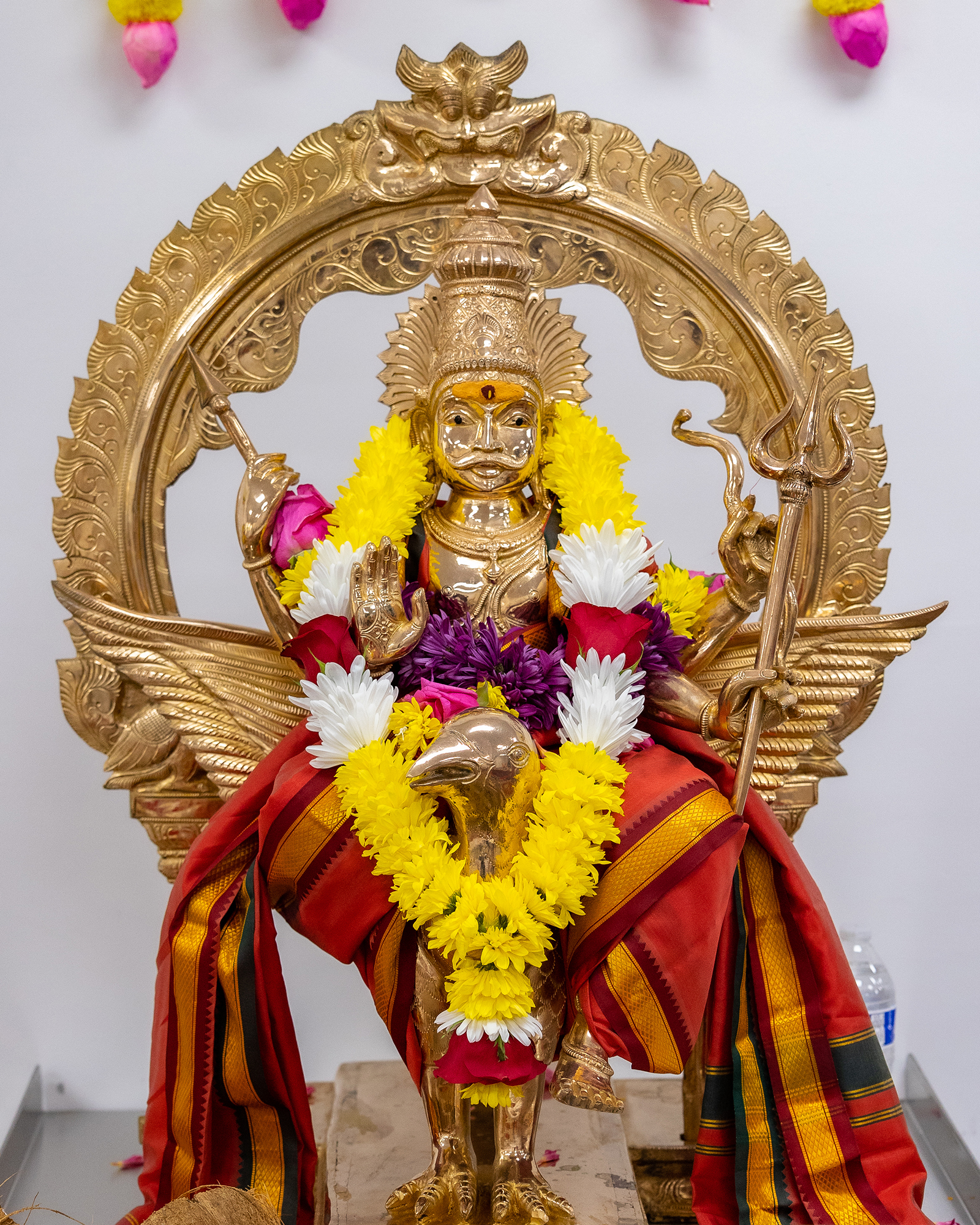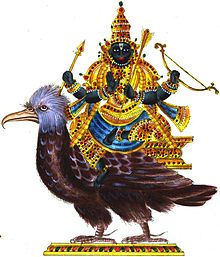
Shani Bhagavan

Shani as a planet appears in various Hindu astronomical texts in Sanskrit, such as the 5th century Aryabhatiya by Aryabhatta, the 6th-century Romaka by Latadeva and Pancha Siddhantika by Varahamihira, the 7th century Khandakhadyaka by Brahmagupta and the 8th century Sisyadhivrddida by Lalla.[10][11][12] These texts present Shani as one of the planets and estimate the characteristics of the respective planetary motion.[10] Other texts such as Surya Siddhanta dated to have been complete sometime between the 5th century and 10th century present their chapters on various planets as divine knowledge linked to deities.[10]
The manuscripts of these texts exist in slightly different versions, present Shani’s motion in the skies, but vary in their data, suggesting that the text were open and revised over their lives. The texts slightly disagree in their data, in their measurements of Shani’s revolutions, apogee, epicycles, nodal longitudes, orbital inclination, and other parameters.[13] For example, both Khandakhadyaka and Surya Siddhanta of Varaha state that Shani completes 146,564 revolutions on its own axis every 4,320,000 earth years, an Epicycle of Apsis as 60 degrees, and had an apogee (aphelia) of 240 degrees in 499 CE; while another manuscript of Soorya Siddhantha revises the revolutions to 146,568, the apogee to 236 degrees and 37 seconds and the Epicycle to about 49 degrees.[14]
The 1st millennium CE Hindu scholars had estimated the time it took for sidereal revolutions of each planet including Shani, from their astronomical studies, with slightly different results: Shani is depicted wearing blue or black robes, having dark complexion and riding a vulture or on an iron chariot drawn by eight horses. He holds in his hands a bow, an arrow, an axe and a trident. He is canonically represented riding on a large crow which follows him wherever he goes. Some astrologers believe he has more than one mount such as a horse, elephant, donkey, lion, dog, jackal, deer and vulture, although this is controversial.[17]
Shani is believed to be the incarnation of Krishna according to Brahma Vaivarta Purana where Krishna said that he is “Shani among planets”. He is also called Saneeswar meaning “Lord of Saturn” and is designated the task of granting the fruits of one’s action, thus becoming the most feared amongst Hindu astrological gods. He is often the most misunderstood deity in the Hindu Pantheon as he is said to cause persistent chaos in one’s life, and is known to be milder if worshipped.
